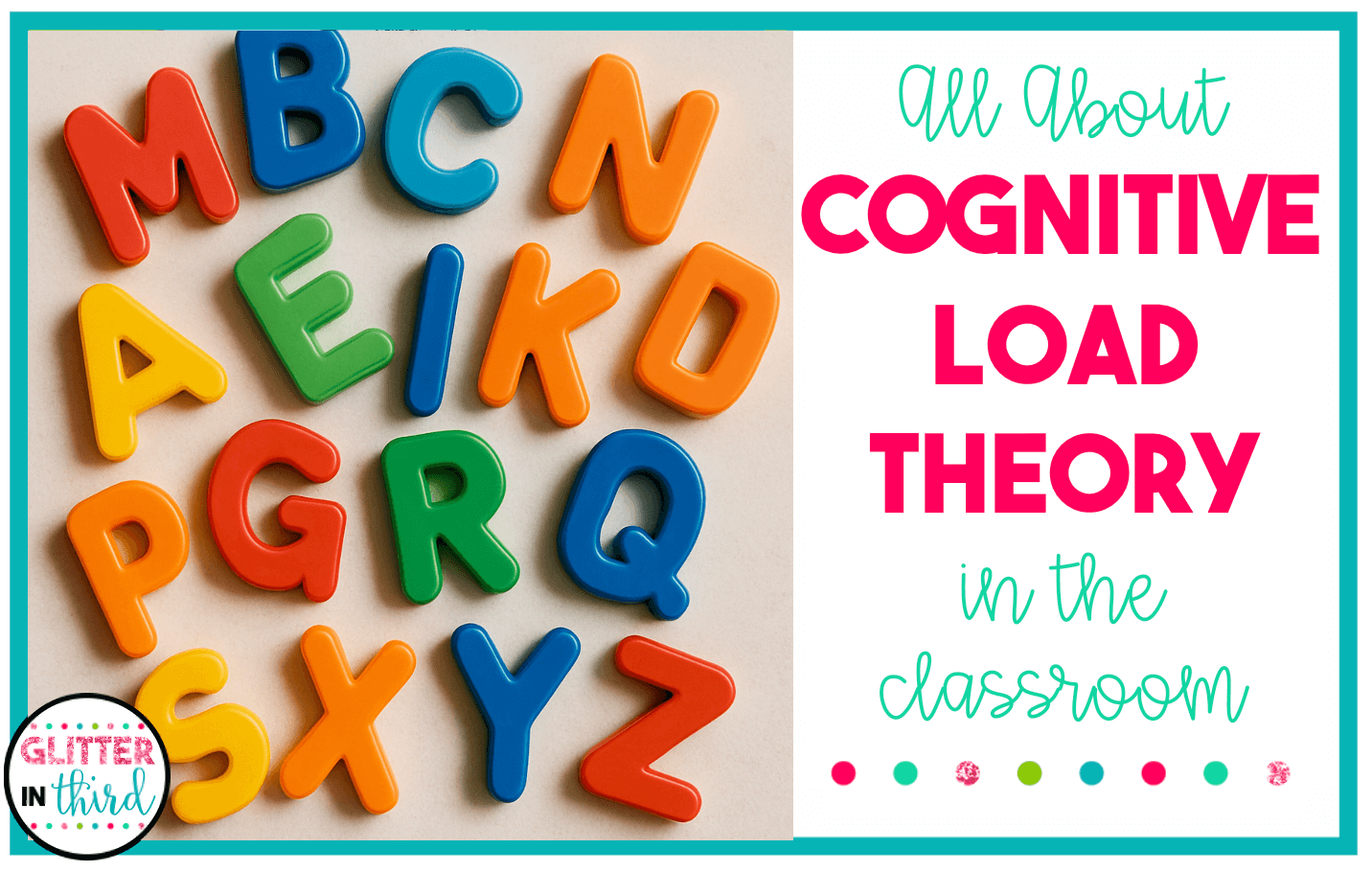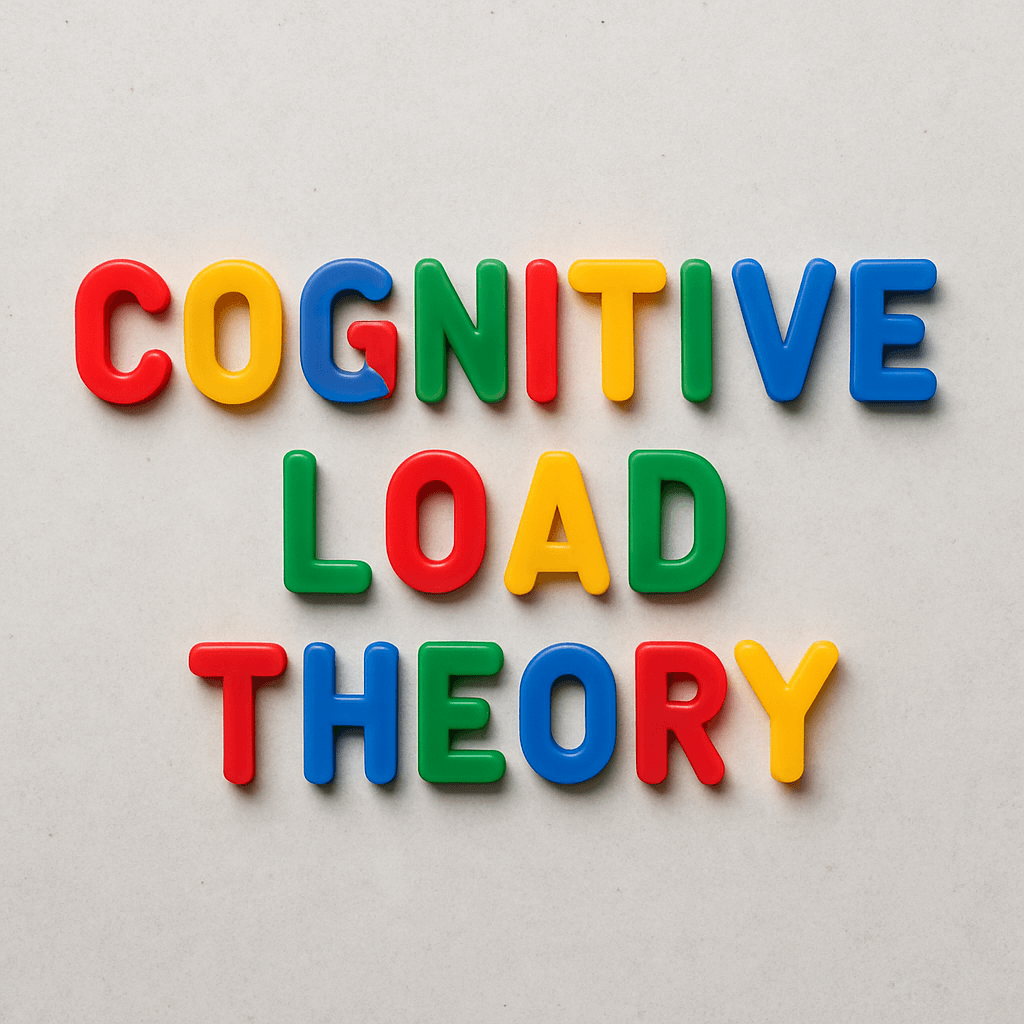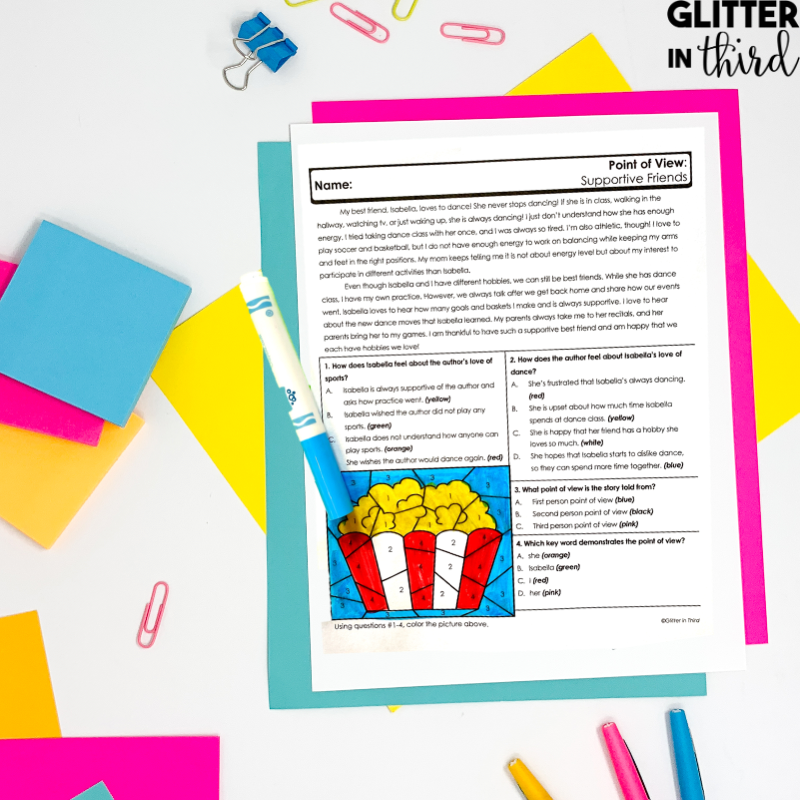Join the VIP Teacher Club!

If you’ve ever taught a lesson in the classroom that should have worked—but students still looked confused, distracted, or totally overwhelmed—you’re not alone. There’s a name for what’s going on: Cognitive Load Theory.
It’s not just another buzzword from professional development. It’s actually a practical, research-based way to think about how students process information—and how we can design better lessons that stick.
Let’s break it down in plain English.

Cognitive Load Theory (CLT) is based on how our brains work when we learn. It says that our working memory—the mental space we use to process new information—is very limited.
When we overload that space with too many directions, distractions, or unfamiliar steps all at once, students struggle to learn. Their brains get “full,” and learning shuts down.
There are three types of cognitive load to be aware of:
The goal is to reduce unnecessary load (especially the extraneous kind) so students have the brainpower to focus on what really matters.
Because it explains why students might:
It’s not always about behavior or motivation—sometimes, it’s just too much at once.
By applying Cognitive Load Theory in the classroom, we can:
Here’s what overload can look like in the classroom—and what to do instead:
| Overload Scenario | Instead, Try This |
|---|---|
| A slide with text, clip art, and five bullet points | Use one key idea per slide or anchor chart |
| A multi-step task with vague directions | Break the task into steps and model each one |
| A brand-new strategy taught during independent work | Teach the strategy whole-group first, then guide practice |
| A worksheet reviewing five skills at once | Focus on one skill at a time with clear, repeated practice |
Many of the strategies backed by Cognitive Load Theory—like explicit instruction and skill-based practice—also align with the Science of Reading. If you’re teaching reading in 3rd grade, this post breaks down how the Science of Reading actually looks in the classroom.

If you’re looking for a practical way to reduce cognitive overload during reading time, my Color-by-Number Reading Comprehension Passages are a great place to start.
Each page includes:
Because students are only working on one thing at a time, their brains aren’t juggling too much at once. No clutter. No confusion. Just clear, focused practice—and a little fun built in.
???? Grab the Color-by-Number Reading Passages Here
These are perfect for independent work, centers, homework, or even fast finisher practice. And because they’re printable and easy to prep, they reduce teacher overload too.
Cognitive Load Theory in education is a reminder that less is often more. When we reduce distractions and focus on the essentials, students can process information more effectively—and retain what we’re teaching.
The best part? You don’t need a brand-new curriculum. Just a few small shifts can make a big difference in how well your students learn.

Hey there, I’m Kelly! I I love helping teachers save time with technology and resources so they have more hours in the day to spend with family and friends. Take a look around to find new ideas that you can implement in your classroom today!